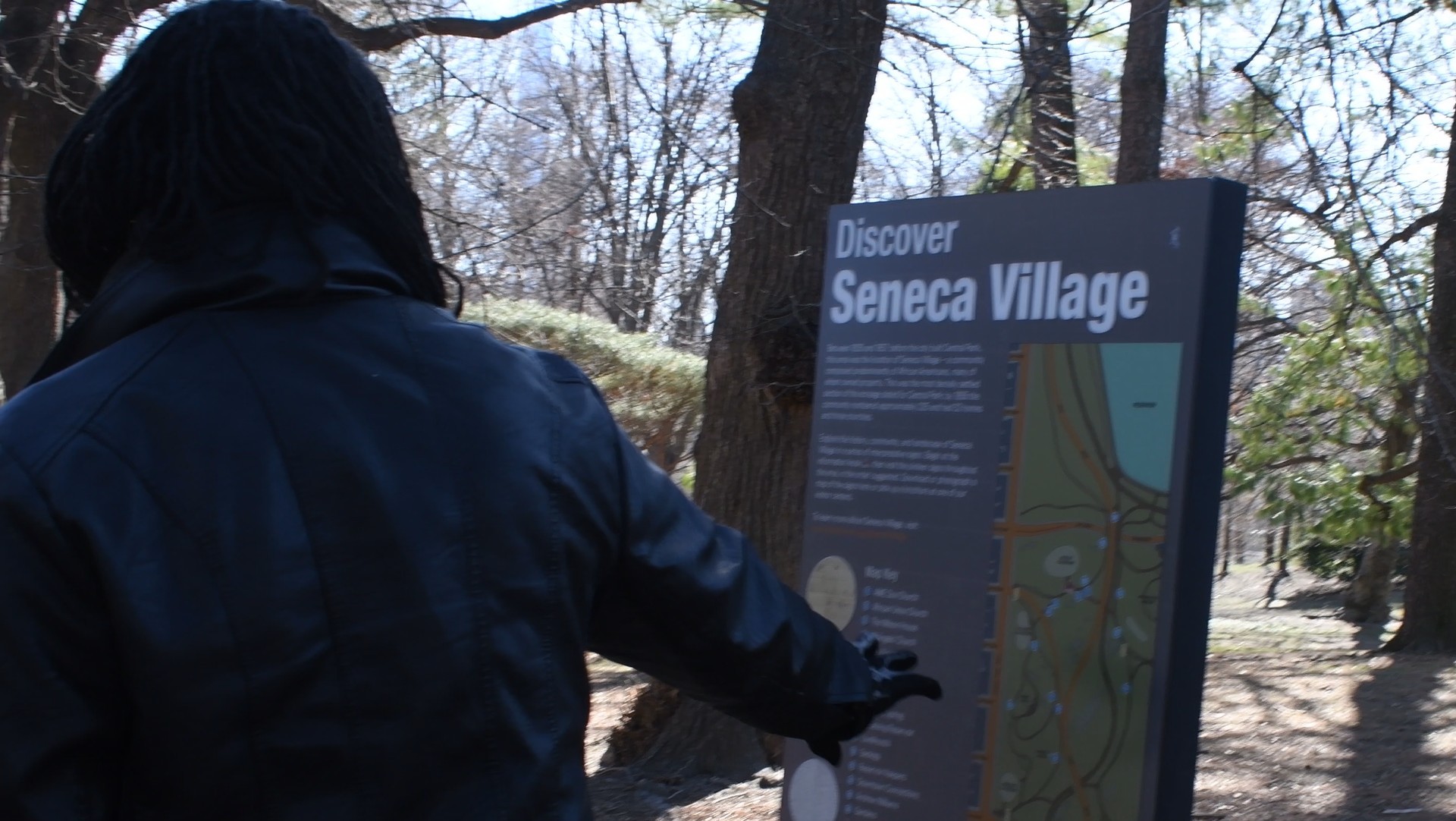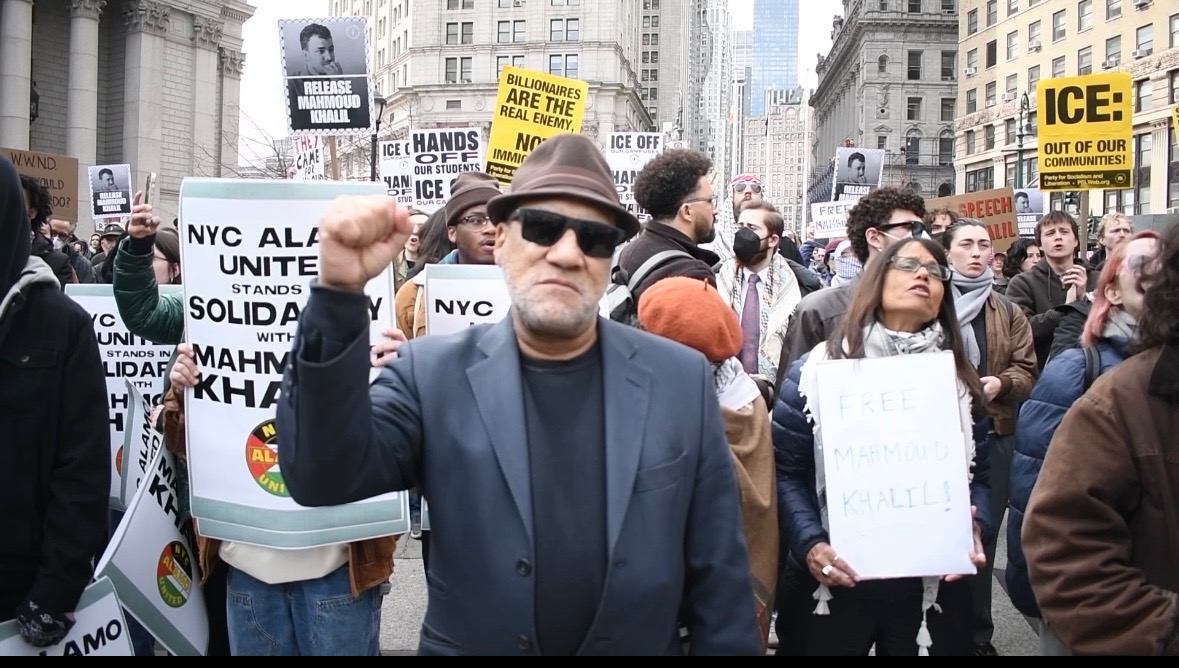Sitting nestled in the country of upstate New York is a drive-in movie theater in hibernation. A soft white blanket of snow covers the ramps cars park on during the summer months. The concession stand sleeps, the ticket booth is vacant and the screen is void. Over the next few months the ice and snow will melt, days will grow longer and temperatures will rise.
Life will return to this drive-in and people will soon steer their cars past the Hollywood’s marquee, pay at the ticket booth and park on a ramp in order to “watch the stars under the stars.”
But nearly 60 years since the theater was built off of Route 66, owner Frank Fisher is worried.
Fisher, 64 of Averill Park, N.Y. took over running the theater from his father in 1968. There was a time when the Hollywood was open during winters, when parking spots were plowed and customers rented heaters for their cars.
But now he spends his winters renovating the theater and planning for the future of the film industry. Although Fisher eats, sleeps and breathes his theater, he can feel the cold chill of technology breathing down his neck. He is afraid his business is in trouble.
“Video On Demand is a real threat to the movie industry period,” said Fisher. “Video On Demand, is what it is, Video On Demand — when a national movie is released, it can be on T.V. exactly the same time as it is in the theaters, which will eventually shut the theaters down.”
Video On Demand will make some movies available for a mere $4.99 the same day they hit theaters, according to Direct TV—and the change could happen as soon as this month.
With indoor theaters charging anywhere from $9.50 to $15.00, drive-ins lead as a family friendly business, charging $8.00 for two new movies. Yet with cable and satellite companies offering their versions of Movies On Demand or Videos On Demand, Americans can flirt a bit more with the comfort of their own couches and eliminate the need for theaters with concessions, the main staple of any drive-in theater.
With less than 400 drive-ins surviving across the United States, Fisher worries the speed of technology is going to kill his business.
“The window is really shrinking really, really fast,” said Fisher. “Why would people actually want to go to theaters when they could sit home and purchase it and watch it on their T.V. in the comfort of their own home?”
Hollywood manager, Nichole Gela, 20 of Averill Park N.Y. agreed with Fisher, but said the community loves the theater too much to let it die.
“I don’t think everyone will stop coming to the drive-in, I think it’s a family tradition, people enjoy the drive-in,” she said.
Richard Jones, 23 of Averill Park, also agreed. “I think you’ll still have people that like to go out and enjoy the drive-in,” he said. “I think you’ll always have those few.”
Along with On Demand movies, Fisher must also face Redbox and Netflix. “It doesn’t come out the same day,” he said. “But what it does is the disc to the movie comes out very shortly after the theatrical release.”
Despite the odds, Fisher has faith in his community and business. “It’s part of Americana, it’s history, its been here forever,” he said. “It’s totally different — the venue is different, the experience is different and people just don’t really want see it go.”
Jones agreed and explained how nature adds more to the experience of the drive-in, offering more than the dark ambiance of indoor theater.
“Instead of going and being crowded at move theater, you have you’re own space,” he said. “You get to enjoy the outside.”
But Fisher said that, so far, the drive-in has survived, television, VHS tapes, DVDs and the economic recession.
“I’ve been here forever,” he added. “I’d really hate to see it die. I would do anything in my power to keep it going, just because I love it.”

